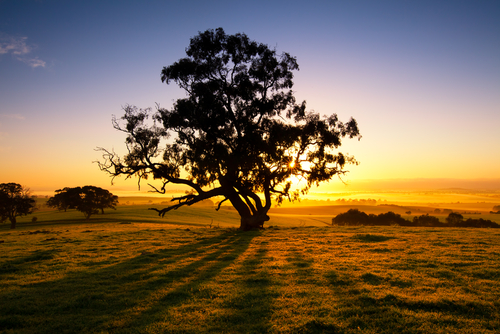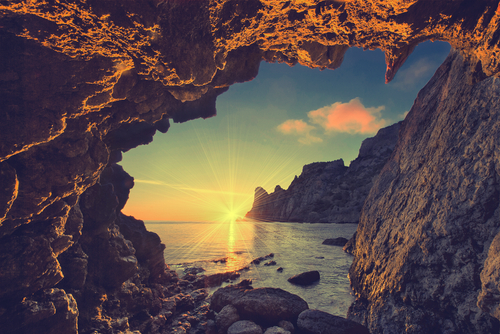Landscape Photography -Basics of Photography Series Part 8
We’ve all had those breathtaking landscapes we’ve come across, whether it’s from the top of a mountain, looking over the urban world or at the foot of a river, there are just some points where you can’t help but think- “I wish I had a camera”. In this month’s Basics of Photography Series, we have collected together some of the best ways to capture the perfect landscape and get a new view on the world through your camera lens.
Lighting
Trying out different lighting positions in landscape photography is always a great idea to see how shadows lay and colours are accentuated in each light. People often presume that the best shot is achieved with the camera behind the photographer, however there is nothing wrong with taking a shot with the camera facing into the light (presumably the sun). Having the light shining from the side creates long sweeping shadows which also look particularly impressive in landscapes.
The majority of photographers you will find will seek to capture their landscapes within the golden hours ( the hour after sunrise and hour before sunset) however remember that as the day progresses the way the sun hits your image will change and shadows take on different shapes so don’t write-off the other times of day.

Composition
There are a number of basic composition tips which you can choose to follow to get your desired landscape capture.
The most standard composition style is following the rule of thirds, whereby you picture your shot divided into three sections in your lens. both horizontally and vertically. The key to this style of composition is to look to get the subject of your photo to lie along one of the third divide lines.
Another composition style is to frame the subject before you even take the shot. For example framing a landscape in a window frame, or a subject in a landscape between some trees. Framing helps to direct the viewers eyeline to where you want it to be.
As well as these two forms you could look at capturing a landscape using diagonal line and geometric shape based composition. To find out more composition styling tips to use in your landscape photography take a look at our blog.

Scale
Scaling is a great way to add perspective to your shot, in particular when you are capturing large landscapes with rolling hills and mountains. An easy way to add scale to your shot it to have a person in it, whether it be a silhouette or clear capture, this gives something for the viewer to relate to in terms of size and the size of the landscape photographed.

Isolate/ Focus attention
Pick out key points through your lens that you wish to capture rather that looking to shoot the whole landscape and lose a breathtaking focal point. For example if there is a particularly beautiful building, rather than trying to capture and drown with scenery, look to get it isolated in your shot for both a focal point and to help bring depth to your image.
Panoramas
Panoramic photography involves taking many different shots side by side, with a slight overlap to then join together. The key with this type of photography is to leave all your settings in the same position, and of course remain in the same position yourself.
Panoramas are great for capturing a large sweeping landscape which won’t fit in your lens in one shot.
Close-ups
Along the similar lines of isolating, close-ups allow you to enhance specific parts of your landscape which you feel would be better captured up close. Common features of a landscape close-up are flowers due to the detail and colour they can contribute to a shot. Use a macro lens and large aperture for the best effect and focusing.
Reflections
Reflections make a beautiful contribution to an image, look for opportunities such as a still lake in the early morning and ponds, as at this time you will find the water relatively still, creating a clear crisp reflection.

Have you got some amazing examples of landscape photography? We’d love to see; share your work with us on Facebook and Twitter.
For more tips and ideas to improve your photography take a look through all of our Basics of Photography Series.












